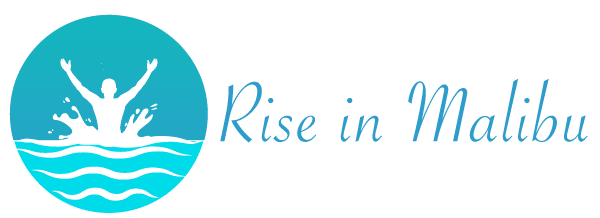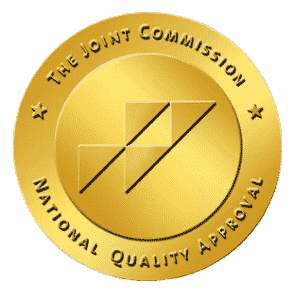How Did Narcotics Anonymous Start?
Alcoholics Anonymous began in the late 1940s and has grown to a well-recognized program that has served millions of recovering addicts and their families over the last several decades. Narcotics Anonymous (NA) developed out of Alcoholics Anonymous. The first Narcotics Anonymous meetings occurred in the Los Angeles, California, area in the early 1950s. Like Alcoholics Anonymous, Narcotics Anonymous began as a small organization; however, within thirty years, Narcotics Anonymous had developed a presence in more than a dozen countries with nearly 3000 regularly scheduled meetings held worldwide. Today, Narcotics Anonymous is a strong and vital presence in 144 countries with over 70,000 weekly meetings.
When Narcotics Anonymous first started, many of the teachings and materials provided were based on those developed by Alcoholics Anonymous. Membership to Narcotics Anonymous is (and always has been) open to all addicts regardless of their drug or drugs of choice. When Narcotics Anonymous first adapted the “steps” to suit the recovery needs of their participants, the word “alcohol” was replaced with “addiction” to remove references to a specific substance.
Why Does Narcotics Anonymous Work for Staying Sober?
Narcotics Anonymous was developed out of the need to support those in recovery for drugs other than alcohol. One of the most beneficial aspects of using Narcotics Anonymous as part of an aftercare program is access to the community. Narcotics Anonymous consists of recovering addicts at all stages of sobriety. Members of the group provide support, guidance, and even advice to other members of the group. Attending regular meetings helps provide a strong peer support structure to help someone recovering from addiction maintain sobriety and make healthy (and safe) choices when faced with triggers and other trying and stressful situations.
Attending Narcotics Anonymous meetings allows those in recovery to continue the benefits of rehab while they integrate back to everyday life. The community supports, and other benefits (such as the 12 Steps) provide recovering addicts an essential structure to follow while they continue to pursue sobriety. The community environment also helps to ward off isolation and provide a group of like-minded peers to turn to.
The road to recovery from addiction is, for most, long. It is not a straight-line journey and will often contain bumps and stumbling blocks. Acknowledging your struggle with addiction and seeking treatment are both essential to beginning your unique recovery journey in a safe and healthy way. But addiction treatment is only the beginning. As your stay in rehab comes to an end, your treatment team at Rise in Malibu will work with you to develop a comprehensive aftercare plan to provide support and guidance as you transition out of the therapy environment.
Reach Out To Rise in Malibu Today
Most aftercare plans include some form of a support group such as Narcotics Anonymous. Support groups and the peer structure provided by attending weekly meetings is crucial to many in recovery as they provide peer guidance and support during times of struggle. If you would like to learn more about addiction treatment programs and the value of aftercare and support groups like Narcotics Anonymous, contact the admissions team at Rise in Malibu today.







